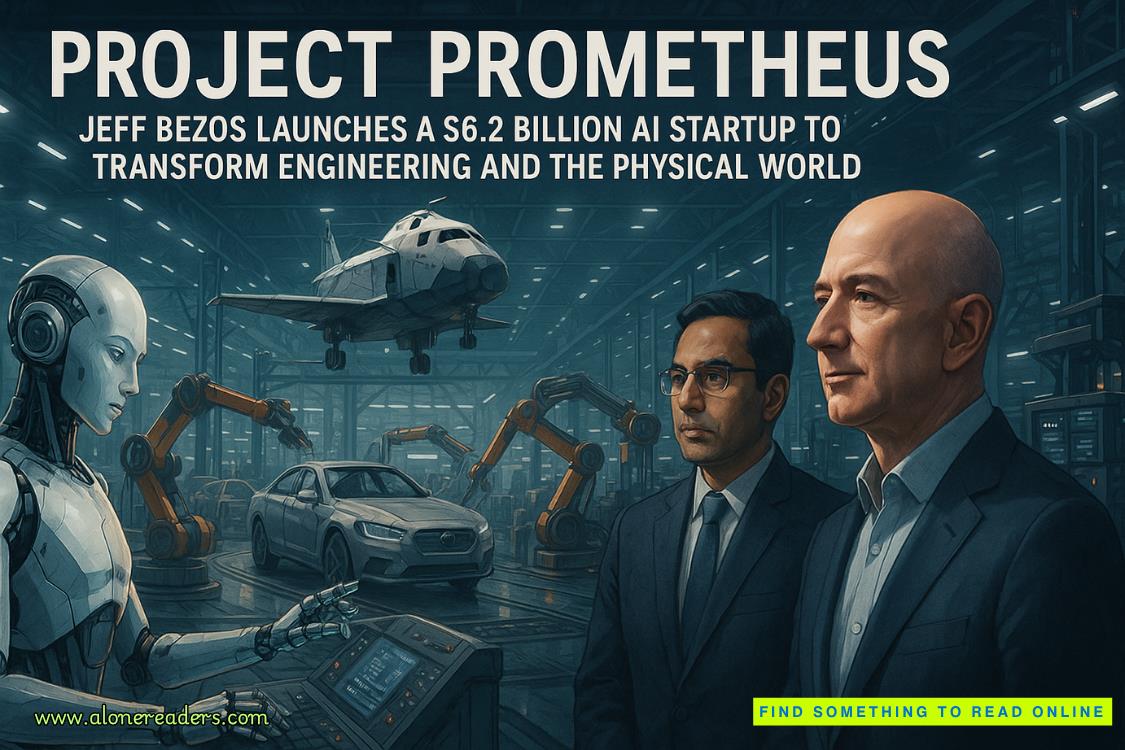Page 63 of The 6th Extinction (Sigma Force 10)
“It makes all the difference,” Harrington expounded. “Richard Dawkins described our DNA as selfish, that our genes are driven by evolutionary pressures to multiply themselves above all else. If I had to describe XNA, I would depict it as predatory.”
“Predatory?”
“From our studies of this natural landscape—and verified in labs that have synthetically created versions of XNA—these genes are opportunistic and highly mutagenic, far more than regular DNA, allowing for accelerated evolution. XNA genes are not merely selfish but focused toward total domination. Even the phenotypic expression of those genes reflects that core drive, creating organisms that are extremely hardy, resilient, and highly adaptable. Expose them to any environmental niche, and they will evolve a way to take it over.”
“And Dr. Hess was experimenting with such a volatile genetic code?” Gray asked. No wonder his creation has proven so hard to kill.
“I warned him not to pursue this line of inquiry, or to at least conduct his experiments here, but he would not listen.”
“What was he trying to do?”
“Kendall believed he could harness the best features of XNA, build it into a shell that could be used to vaccinate endangered species—maybe all species—to make them hardier, more adaptable, able to withstand the global forces that are driving us toward this sixth mass extinction.”
“And that’s possible, to incorporate XNA into our DNA?”
“Yes. In labs working with XNA now, they’ve already proven that xenobiological products could replace almost any living organism. So yes, it’s theoretically possible. But there’s also great risk.”
Gray only had to stare out at the savage world below the gondola to recognize that truth. “Professor, you also said you had a theory about how life might have started down here.”
Harrington nodded. “It’s only a conjecture at this point. If I had more time, I might be able to substantiate it.”
“What’s your theory?”
“Do you remember how I mentioned this cavern system might cross a majority of the continent?”
“Through an interconnecting system of rivers, lakes, and ice tunnels.”
“Don’t sound so doubtful. While the surface of Antarctica is frozen and seemingly unchanging, it’s warm and moist miles below, forming marshes and wetlands that have been hidden from the world for millennia. Take Lake Vostok, for example. It’s as large as any of your Great Lakes and twice as deep and has been sealed away for fifteen million years. Then there’s the amount of geothermal activity occurring below the ice. Did you know that one of my colleagues, a glaciologist with the BAS, discovered an active volcano almost half a mile under the Western Antarctic ice sheet, with evidence of lava flowing below? That’s how strange and wonderful the true face of this continent is.”
“So if this cavern system does transverse the continent, how does it explain how this ecosystem originated?”
“If you extrapolate what we’ve successfully mapped so far, the general direction of these tunnels seems to point toward a massive crater on the far side of East Antarctica, in a region called Wilkes Land. It was discovered back in 2006 and measures three hundred miles across. To create an impact crater that size, it’s estimated that the meteorite would have been four times larger than the one that wiped out the dinosaurs. Some believe that impact here may have triggered the earth’s third mass extinction: the Permian-Triassic extinction that wiped out almost all marine life and two-thirds of all terrestrial life.”
“Okay, but why’s that significant?”
“First, that meteoric impact could have cracked this cavern system into being. Then as most of the planet’s species died off, some seed of XNA could have taken root in this empty ecosystem and grown to fill it, preserved in perfect isolation. But this scenario raises one other intriguing possibility.”
“What’s that?”
Surprisingly the answer came from Jason. “Panspermia.”
Harrington smiled. “Very good.”
Gray was familiar with the theory of panspermia, that life could have come to this planet on the back of a meteor, carried from afar to seed this world.
“Keep in mind that it would take a tough and resilient molecule to survive that long journey through the void of space,” Harrington said.
“Like XNA,” Gray said.
“Precisely. But as I said, it’s only a conjecture. Though an intriguing one, I would say. Could this shadowy biosphere be a peek into an alien landscape, or at the very least, an alternate genetic pathway to life?”
Before this could be debated, the gondola rocked as it began to glide down a gentle slope, like an alpine ski lift descending back to earth.
It was too soon to be approaching the substation.
“It’s the Squeeze,” Harrington reassured him.
Gray stared out the window. Ahead, the cavernous tunnel tightened toward a bottleneck. The gondola swept into the narrower passageway. The cage now rode only three stories above the churning river. The banks to either side gave off a soft phosphorescence, that glow seeping into the water’s edges, too, revealing shelves of strange bivalves and flashes of darting shapes in the shallows. Life teemed in those hot waters.
Harrington drew his attention forward. “Earlier you asked how I knew others had discovered these tunnels before our team. Look there.”
The gondola rode around a bend in the Squeeze, and a gray shape appeared ahead, tall enough to scrape the roof. It was the conning tower of a sub. A line of broken stalactites marked the vessel’s passage this far into these narrows. A majority of the submarine’s cigar-shaped bulk was visible above the surface of the river, looking like a beached iron whale.
As their cage drew abreast of the old ship, Gray noted an emblem on the tower’s side.
It was a black cross with a white submarine over it.
“German,” Harrington said. “From the tenth flotilla of the Kriegsmarine.”
A Nazi U-boat.
“These tunnels must’ve been more deeply flooded at one time,” Harrington explained. “From evidence we found, the Germans blasted their way into here with torpedoes, but they could only penetrate so far. Afterward, a roof cave-in sealed the way behind them and was frozen over. Even if the crew tried continuing on foot or by rowboat, I can’t imagine they got very far.”
As the gondola drifted quietly past this somber grave marker, Gray could only imagine the terror of those submariners trapped here. Thankfully, the conning tower vanished into the darkness behind them, and their cage began to rise, climbing out of the Squeeze.















